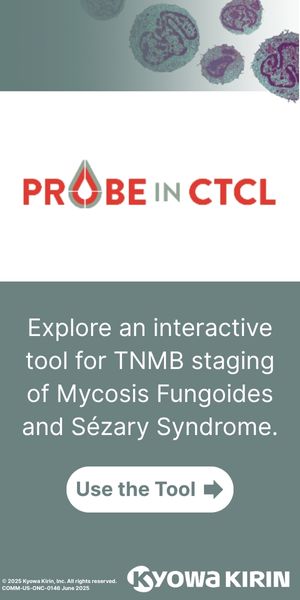Peter Tebben, MD of the Mayo Clinic in Rochester, MN provides an overview of tumor-induced osteomalacia (TIO) in our latest CME activity. In this clip, Dr Tebben explains the need to regularly conduct imaging to find the tumor responsible for the TIO if the patient is being managed by medicine.
Tumor-induced osteomalacia (TIO) is a rare paraneoplastic condition commonly characterized by bone pain, muscle weakness and fractures. These tumors secrete excess fibroblast growth factor 23 (FGF23) which inhibits the sodium phosphate renal co-transporters and suppresses 1α hydroxylase activity, thereby decreasing renal reabsorption and increased urinary phosphate excretion. As a result, unexplainable hypophosphatemia with a variety of musculoskeletal abnormalities are the most common symptoms. Unfortunately, the symptoms are relatively non-specific and phosphate levels are not routinely included in many comprehensive metabolic panels and/or hypophosphatemia is often overlooked. As a result, patients are often misdiagnosed with a variety of skeletal, rheumatologic, or neuro/neuro-psychiatric conditions.
Since the hallmarks of the disease are both pain that fails to respond to standard treatment plus hypophosphatemia, educating clinicians about the pathophysiology of TIO and its signs and symptoms can dramatically reduce the time to diagnose and establish a treatment program that can dramatically improve the patient’s quality of life.
To learn more about TIO and obtain CME credit, visit https://checkrare.com/learning/p-tio-diagnosis-and-management/

